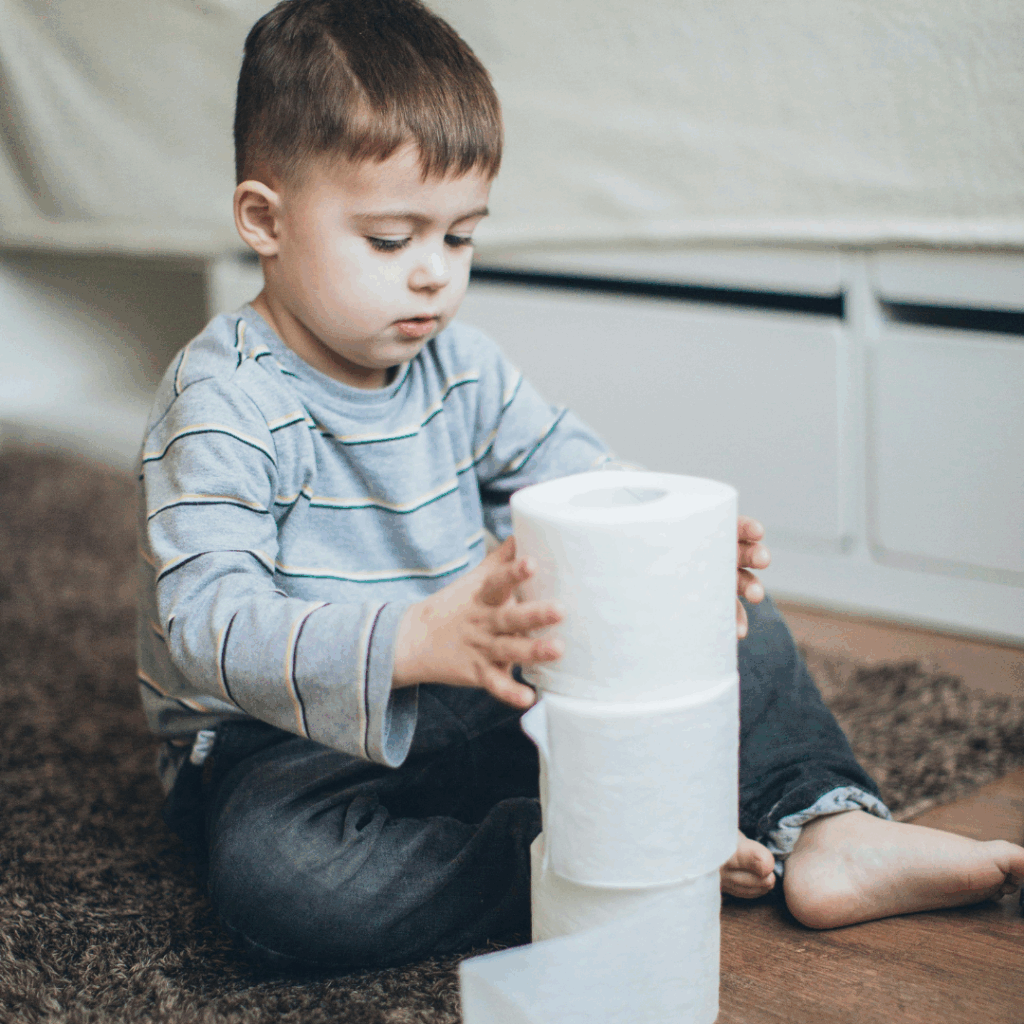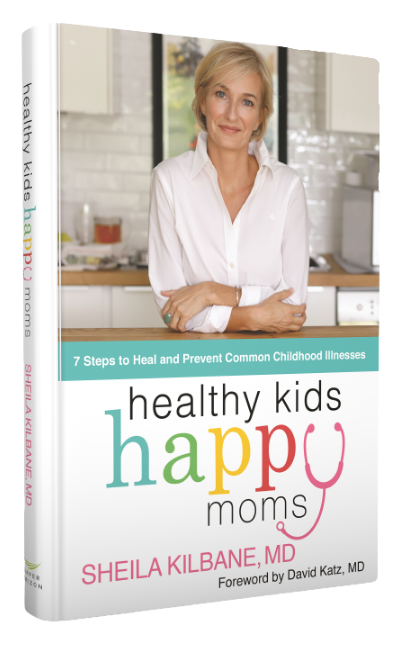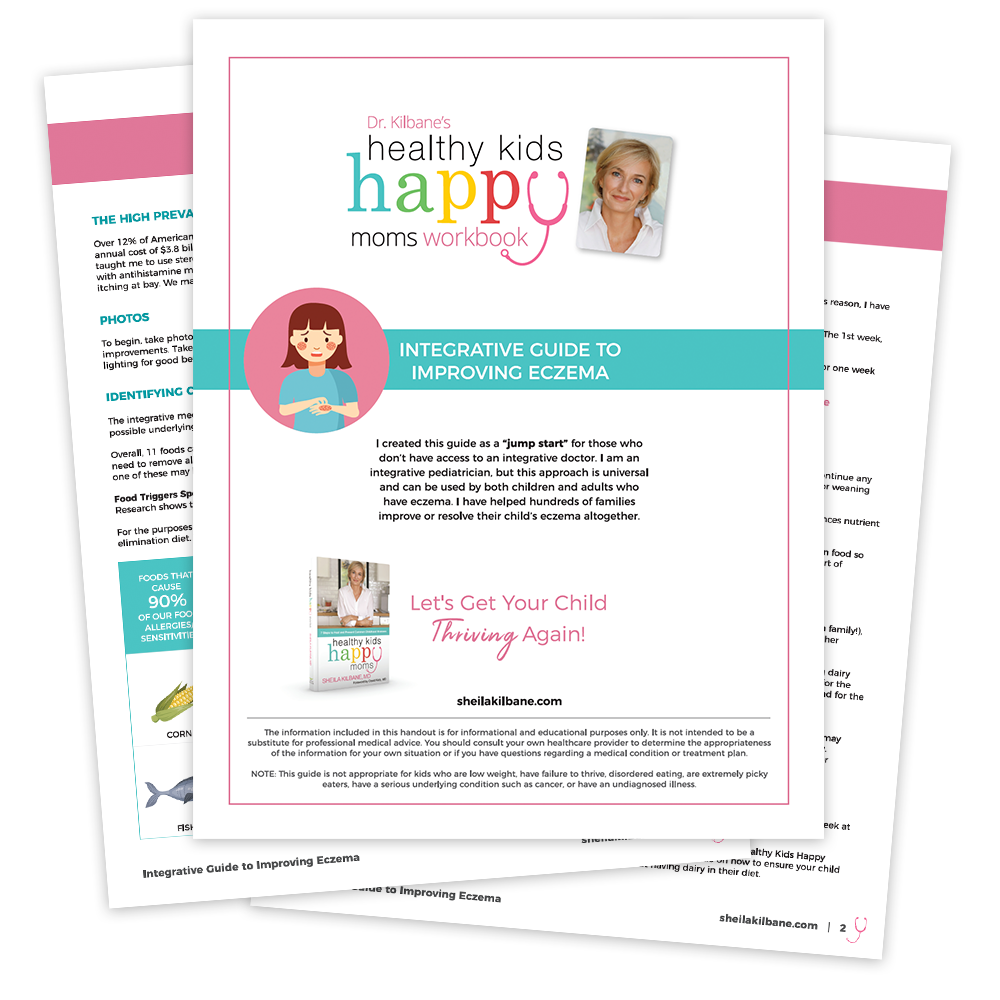50% of American children suffer from chronic illnesses—more than at any other time in our history.
Check out these shocking stats…

I talk a lot about inflammation in my book, Healthy Kids, Happy Moms.
There’s a reason I keep coming back to it… inflammation plays a key role in our overall health (including how frequently we get sick and how severe it is).
Inflammation is much more than our bodies’ acute response to an injury. It’s an intricate and complex process throughout our body in response to anything it perceives as a threat (infections, allergies, irritants, and even stress).
While some inflammation is a good thing, if it goes unchecked and the body keeps mounting an inflammatory response to the same trigger, it can lead to chronic inflammation and disease.
If you find that your child gets sick frequently, ends up on antibiotics once or twice each year, and takes more than 5 or 6 days to bounce back after an illness, the best place to start is by minimizing excess inflammation.
I refer to this as decreasing your overall “cup of inflammation” and cover this in-depth in my book.
While the concept of addressing inflammation is simple, the body and all of its moving parts are complex.
We have to consider all aspects of the child’s environment in order to bring inflammation to a minimum.
Here are the three major concepts regarding inflammation I wish I had learned in medical school:
- Most physical symptoms of illnesses stem from inflammation
- Physical signs and symptoms of inflammation are often related
- There are five main triggers of inflammation in our bodies:
- Food
- Environmental allergies
- Environmental toxins
- Infectious diseases
- Stress
Sara is a great example of these concepts. She had eczema, asthma, allergies, chronic runny nose, and constipation.
She ate the Standard American Diet (SAD) of processed foods (high sugar content and artificial dyes), had environmental allergies to trees and grasses, and lived in an area with high levels of air pollution.
This inflammatory overload prevented her immune system from working effectively and efficiently so we addressed the aspect of Sara’s environment that we had the most control over: food.
We minimized her processed and packaged foods; added more vegetables, healthy fats, and proteins; replaced high-sugar drinks with water; and removed dairy from her diet.
You can see in the graphic below that she had a significant amount of systemic inflammation and her “cup of inflammation” was overflowing.
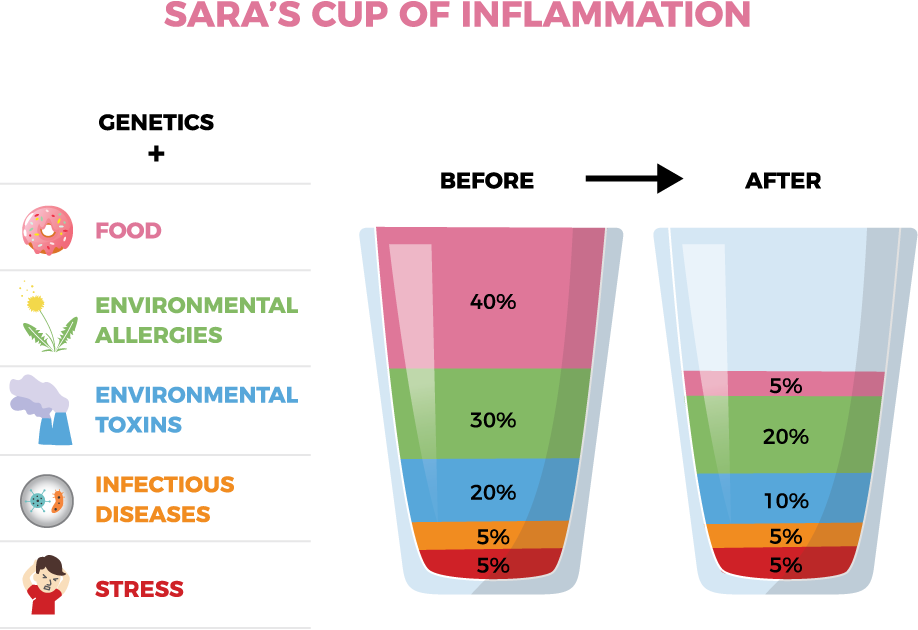
As we began to decrease systemic inflammation, Sara’s glass went from overflowing to half-full or less.
Sara’s cellular health also improved, which decreased the impact air pollution and environmental allergies had on her body.
Where can you begin to decrease inflammation for you and your child?
If your child gets sick a lot, or if you just need a post-summer reset, I highly recommend starting with my 7-Day Mini-Cleanse for Kids (which is really for the entire family, not just the kids!).
Doing the cleanse first will help the body start from a clean slate and be prepared for the next step in addressing inflammation: foundational supplements.
Our HKHM Foundational Supplement Bundle lays the groundwork for our bodies to perform optimally–especially when it comes to reducing inflammation and therefore being more effective at fighting off illnesses.
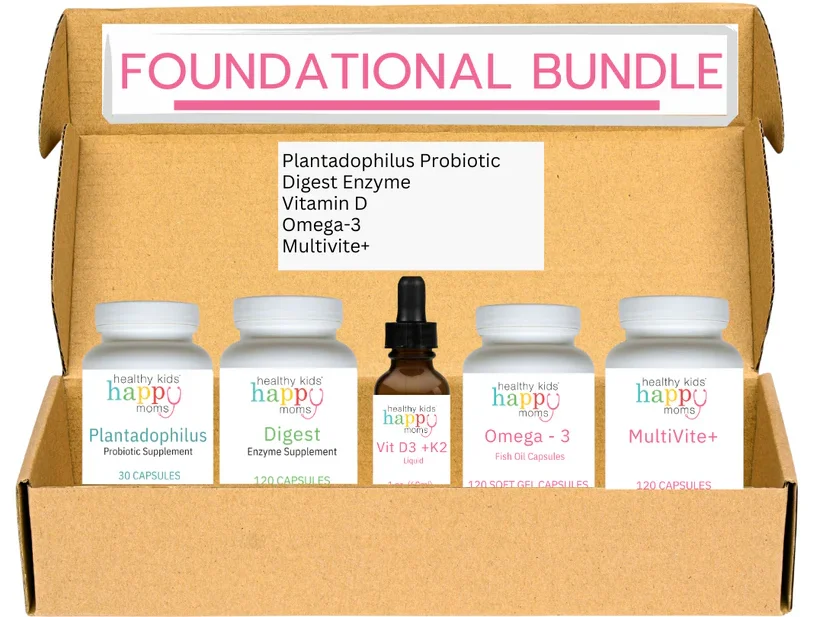
You can also download my free Integrative Supplement Guide to learn the best approach for adding these Foundational Supplements to you or your child’s routine.



